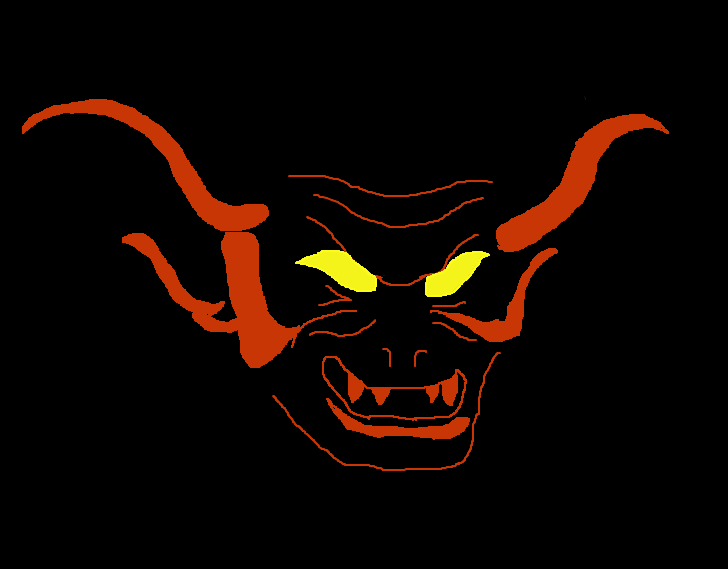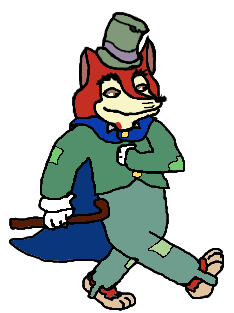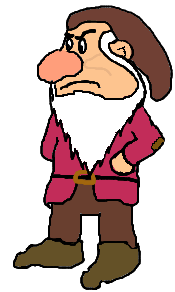Bambi
Released: August 13, 1942
Basis: 1923 Austrian Novel called Bambi, A Life in the Woods
Synopsis: One spring day, a young deer is born to a forest community as their new prince, Bambi. Bambi grows up learning the way of the forest from his mother and wise Friend Owl and exploring the curiosities of the forest with his childhood friends, Thumper (a mischievous rabbit) and Flower (a bashful skunk). Bambi learns how to talk and say the names of his fellow woodland critters and plants; about the seasons and their different weather; about other deer, including an energetic female fawn named Faline; about the Great Prince of the Forest, the oldest, wisest, and strongest deer in the forest; the different seasons; and about man, and how it is dangerous to wander into the open meadow for fear of man. Towards the end of his first winter, his mother is shot and killed by hunters, leaving Bambi to be raised by the Great Prince of the Forest, who turns out to be his father.
Bambi and his friends mature into adult animals, and each of them find a mate. Bambi falls in love with Faline, but he must defeat a rival stag, Ronno, to win Faline. Some time later, Bambi and the Great Prince discover man's return to the forest and alert the woodland creatures. Bambi saves Faline from some hunting dogs but is himself shot by a hunter. The Great Prince manages to get Bambi up again and helps him flee a wildfire started by an uncontrolled campfire. Some time later, as the forest is recovering, Faline gives birth to twin fawns, and the Great Prince steps down, leaving Bambi as the new Great Prince.
Notes:
- Differences from the source material: the deer spend a lot more time on their own - Bambi was supposed to have grown separate from his mother by the time she was killed; Man (referred to as "He" in the book) interacts a lot more with the cast: for example, one deer is adopted by a man only to be killed several months later by accident by another hunter, Bambi is taught how to foil man, and Bambi's final lesson is that man isn't almighty; animals other than deer play minor roles in the story; Bambi himself is characterized as being somewhat aloof; Bambi's interactions with the Great Prince (here called "the old Prince") are much more significant; and finally Bambi isn't around to see his children born, and the closest we get to him interacting with his children are when he scolds twin fawn that resemble Faline. It feels like the movie became less about the life of a deer and more about the life of... well, anyone, I guess. I'll touch more on this later.
- There's not really a themed opening, like there were with Snow White, Pinocchio, and Dumbo - Bambi's opening credits are all title cards with foliage in the back.
- None of the songs in Bambi are sung by characters in the movie, which is a change of pace for Disney, and would be an oddity for a while yet. Atmospherically, it works - if Bambi is an analogy to life, the metaphor is somewhat confused by the inclusion of singing animals. In fact, it helps the joke where Friend Owl yells at the "twitterpated" lovebirds - the music stops after he screeches at them, only to start up when the birds start flocking again. It's funnier because it's not actually there and doesn't make sense from a literal standpoint but it fits in the scene as a movie piece - somewhat "Painting the Fourth Wall," as TV Tropes calls it.
- The scenery is quite lovely. It's not specified which nationality the forest is, though I'm going to guess that it's American, considering skunks, for example, are mostly exclusive to the Americas. But compared to Dumbo, it really looks like they put a lot of effort into the background.
- The animals in this movie are drawn considerably more realistically than most of Disney's works. They're still cartoony, and they still do cartoony things (like the duck who clutches himself and shivers when it sticks its toe in water), but for the most part the animals are a lot more animal-like than most Disney animals.
- Thumper's eyes keep changing colors - they're either red or green
- Thumper's missing one of his buck teeth as a young rabbit. It's adorable and makes him look youthful.
- Actually, the three friends are all adorable in their youths. I especially like Flower's bashfulness of the lot, though Bambi excitedly shouting, "The MEADOW!" is also very cute, and of course Thumper's somewhat bossiness is cute, too.
- As the son of a deer hunter, Man's depiction in the movie is... kinda targeted against me, I guess. It seems kinda negative towards me, and I felt at first that they shoulda tried to explain how Man is part of things... but then I realized that Man kinda isn't, at least to the deer. Deer hunting isn't a natural part of deer's way of life; it's not the same as the sun rising and setting, and it's not the same as the seasons changing. To them it's a disaster, a devastation, and it shouldn't be happening. This doesn't change my opinion of hunting or anything, and I'll begrudgingly accept that the movie is anti-me, but I can appreciate how it fits in the story.
- On the topic of man, apparently they were originally going to show a dead human in that scene where Bambi and the Great Prince were fleeing the forest, perhaps to tie it into the "humans aren't all-powerful" theme of the book. It was cut because it was deemed too gruesome. In my opinion, it kinda helps that we don't see man at all, as part of the "representation through implication" (or "tell don't show") trend in these movies. Besides, it's scary enough to see the demonic hunting dogs as representation for Man.
- The Death of Bambi's Mother. This is another one where I can't really say anything that hasn't already been said, though I think that the most effective part of it is hearing Bambi's fading calls for his mother as the camera shots slowly grow farther away from him. That, and I like how the Great Prince doesn't say that she's dead; only that "[he] can never see her again."
- As the Nostalgia Critic pointed out in his "Top 11 Saddest Moments" video, the tone change between the scene where Bambi's mother dies and the following scene is... a bit extreme. But perhaps that's the point - if Bambi is to be seen as an analogy to life, this bit can be interpreted as "sometimes tragedy happens and we just have to move on. It isn't bad that we have to move on, and it isn't bad to be sad; it's just a part of life we have to accept."
- Friend Owl has teeth. Also, he actually does "walk on air" when he says "walk on air." Kinda takes away from the more realistic approach to the movie...
- I like the voices for the adolescent Bambi and Thumper - they sound like awkward teenagers in puberty. Flower's voice works too, though more because it's another Sterling Holloway cameo and he always is appreciated in Disney movies.
- When Bambi is swooning over Faline, he's seen prancing about in Heaven-esque clouds. I at first thought this was odd, as Heaven is more a human concept than an animal concept, but then I realized that it's more of a "Cloud Forest" than Heaven - the clouds look kinda like trees and foliage in the background.
- Bambi's rival, Ronno, isn't given a name in this - I think he's only officially named in Bambi II.
- The person who shot Bambi has to be a really good shot - they manage to shoot Bambi in mid-leap, a difficult task even if you could possibly know that the target is there, while Bambi was obscured until the moment he leaped across the chasm.
Up Next: Saludos Amigos (December 11)




